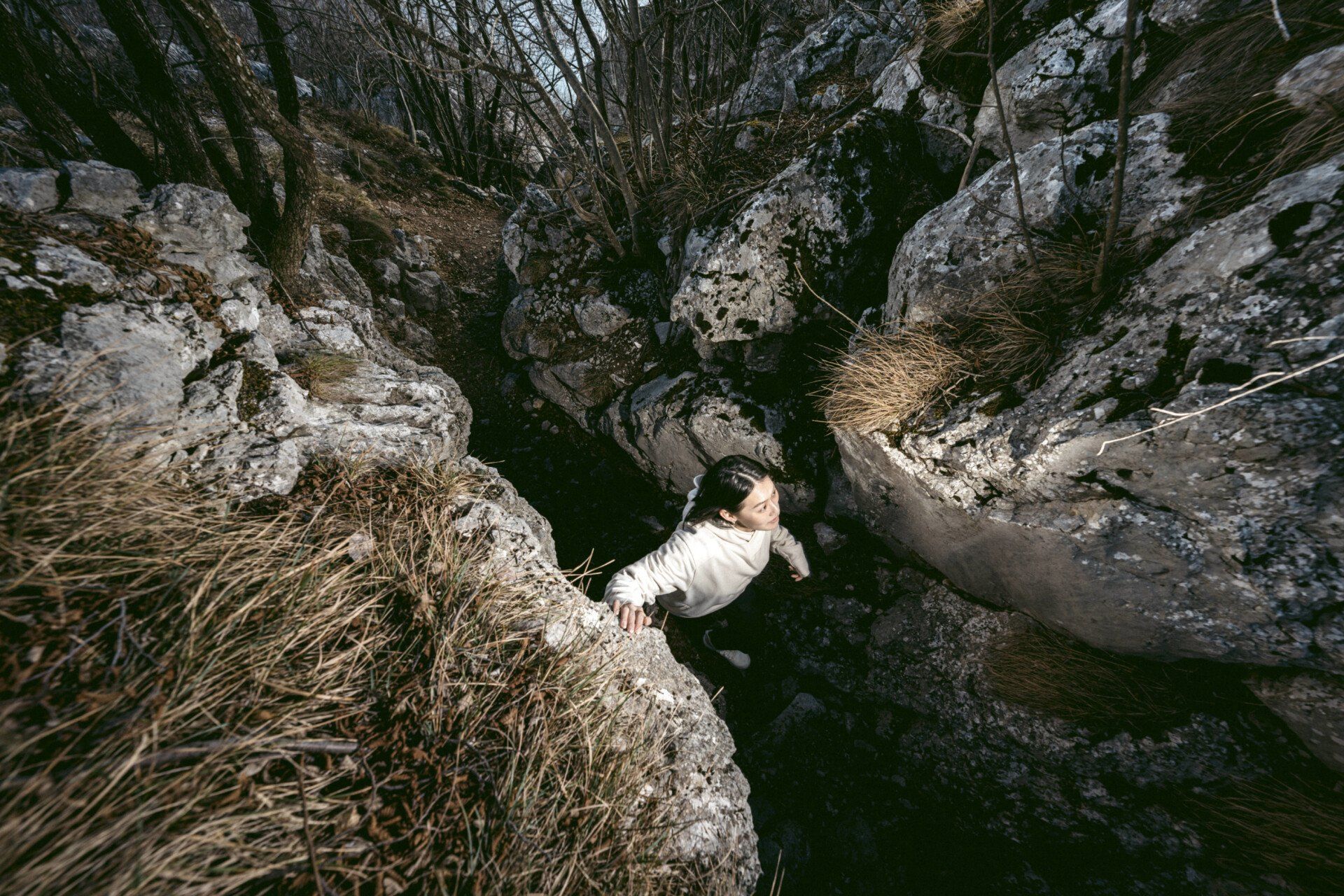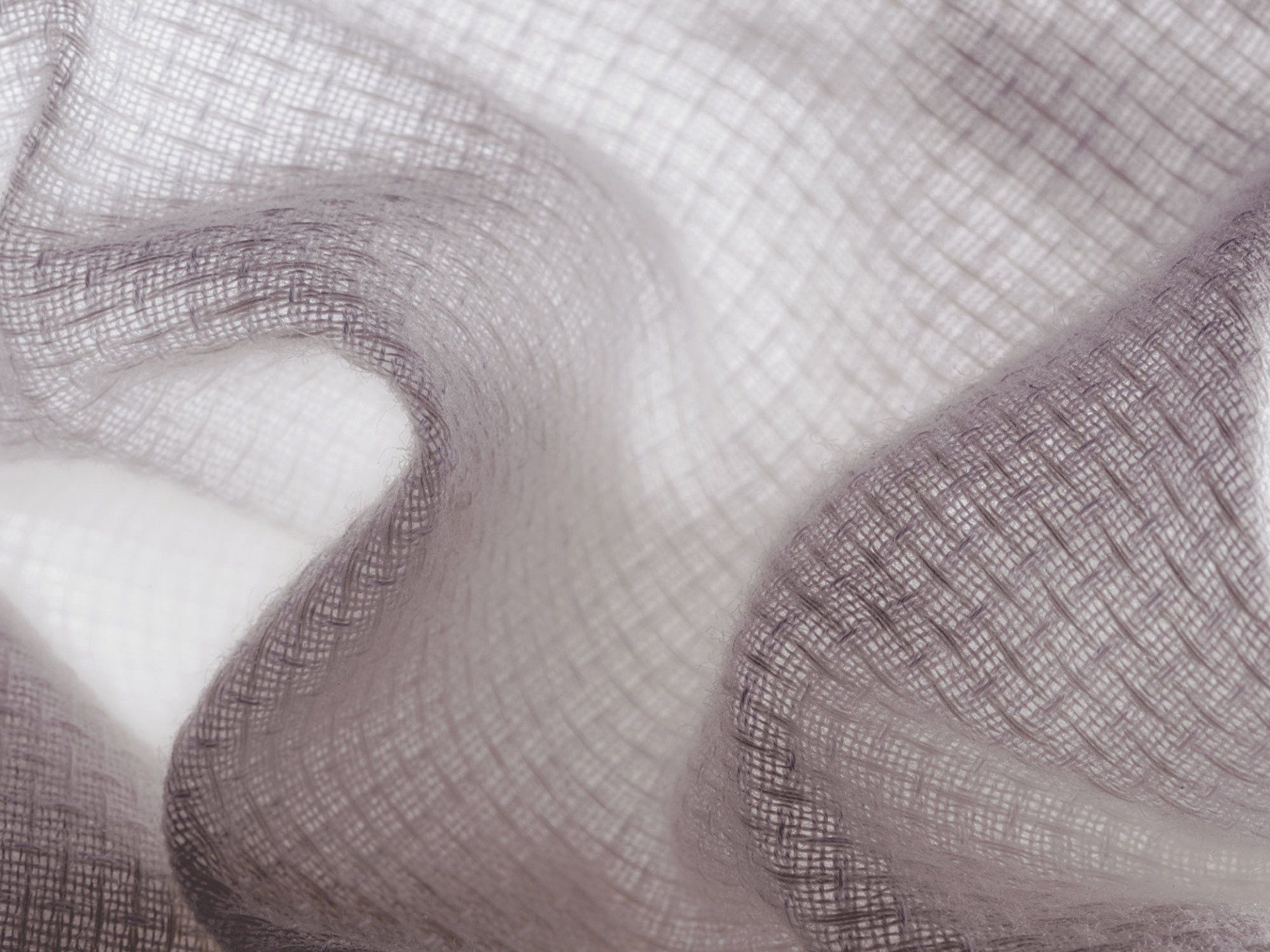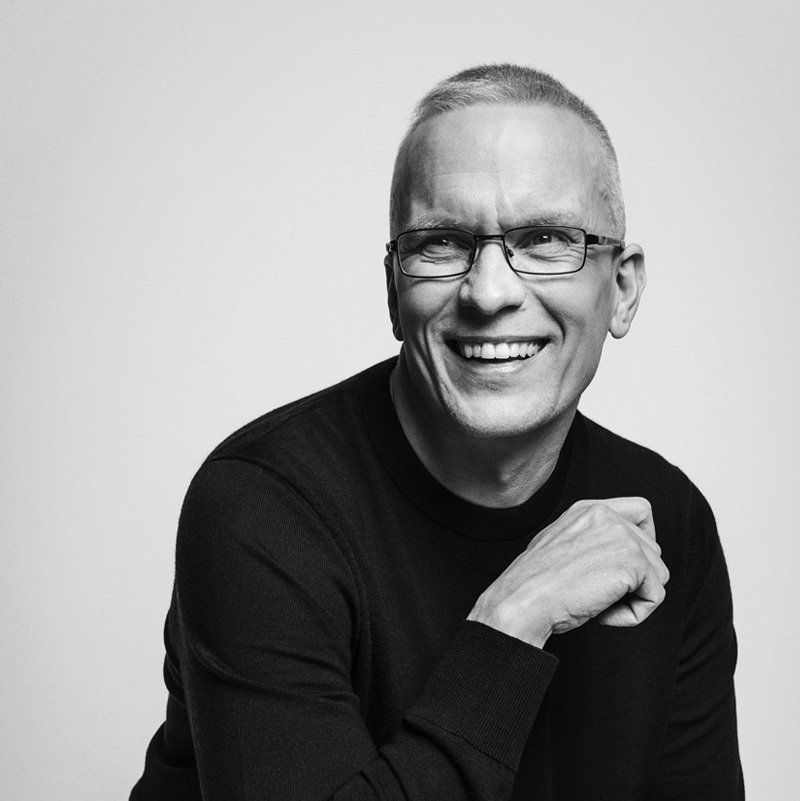Fashion - 10 March 2022 - by C. Mauer
Spinnova SPINNOVA®
An interview on the Future of Fashion - "The best way to influence the world is not to."
Interview with Spinnova CEO Janne Poranen

Spinnova raw material ©Spinnova
On February 10, Spinnova and adidas unveiled their first collaboration product, the TERREX HS1 hoodie, an important milestone for Spinnova on the road to making their materials available to consumers worldwide.
What sets Spinnova material apart from other material innovations and what path can textile producers and designers take to impact the world?
Finnish manufacturer Spinnova will help decide this path, saying, the best way to influence the world is not to. Alethea & Art Magazine received an exclusive interview from CEO Janne Poranen.

The TERREX HS1 hoodi from Spinnova x adidas
©Spinnova

Spinnova's story began in 2009 when Technical Research Centre of Finland cellulose expert Juha Salmela heard a conference lecture at Oxford University by a leading spider scientist who explained the similarities between spider web proteins and nanocellulose. Juha wondered if it would be possible to spin wood fibers into textile fibers in a similar way to this natural process.
Lt Spinnova, they are the only company in the world capable of producing textile fibers from cellulose without harmful chemicals, with minimal water consumption and emissions, and no waste. The material has the same stretch and strength properties as cotton, has the insulating properties of lambswool and is suitable for textiles, footwear and accessories; it can be upcycled several times without losing quality.
Spinnova's mission is to transform the global textile industry's raw material base, and its technology is expected to make circularity a must in the future, according to Janne Poranen.
The Interview
Alethea & Art Magazine: What distinguishes the Spinnova material from other material innovations?
Janne Poranen: Spinnova’s technology is unique, something the industry has not yet seen. The technology is based on mechanical refining of raw materials and does not use any chemical dissolving or using harmful chemicals unlike many man-made fibres e.g. viscose. The resulting SPINNOVA® fibre has natural touch and feel properties like cotton. Thanks to our unique technology, we can use various raw materials, wood, waste from agriculture and food industry or even leather waste and turn low-value materials into sustainable textile fibre.
Alethea & Art Magazine: What is the wearability feel of a Spinnova fashion piece? What type of fabric is it or can the material be used with different fabric qualities?
Janne Poranen: Spinnova’s material has natural touch and feel properties, and it can be breathable and as warm as wool. It can be used in multiple fabric types and applications.
Alethea & Art Magazine: Will you also work with producers of haute couture fabrics?
Janne Poranen: I cannot disclose any specific producer types at this point, but we have several partners in yarn and fabric manufacturing supply chain. We have also worked with haute couturebrands and small designers like Ka Wa Key, KohT and others.
Alethea & Art Magazine: Does the Spinnova material have an impact on the price and if so, do you think this can stop fast fashion?
Janne Poranen: Spinnova aims to scale its annual production capacity to 1 million tons in the next 10-12 years. With scale, we can make the price of new innovative fibre more affordable and we target lyocell cost parity in long term.
Alethea & Art Magazine: You are a supplier of Spinnova material to companies like Adidas, H&M and Marimekko e.g. Do you also have other lines of business?
Janne Poranen: We have multiple global brand partners in fashion and apparel category. In addition, we are exploring other application areas like composites, nonwovens and home textiles. For instance, last year we launched alpine skis made with SPINNOVA® materials.

Examples for different textile qualities ©Spinnova

©Spinnova
Alethea & Art Magazine: Are the materials you use wood waste from the local area? Will you build factories with your technology where your markets are?
Janne Poranen: Spinnova’s primary raw material today is planted, certified wood that originates from Brazil.Wood is a renewable raw material that is available at large quantities. We can also use various side streams like leather waste, agricultural residues and food industry waste,however these raw materials are not yet available to us at scale. For our first commercial facility in Finland, the pulp is shipped from Brazil in light sheets, which mitigates the climate footprint of the logistics. We don’t yet have location plans for our next scaleup, 50 thousand tonnes factory, but that planning is ongoing and the location will be chosen based on where it’s most competitive to be located. In the future it would make most climate sense to be both close to the raw material feedstock, renewable energy sources and our target market supply chains.
Alethea & Art Magazine: Do you think that laws for fashion production could come, such as banning single- use plastic?
Janne Poranen: I cannot comment any specific laws, however we at Spinnova see that regulatory support, both bans and incentives or subsidies, are important to accelerate the shift to more sustainable options.
Alethea & Art Magazine: Did you ever think that you, as a scientist, could help shape the future of fashion with the world's most famous brands?
Janne Poranen: I never considered the possibility to work with leading global brands before seeing the incredible potential of the new idea my co-founder Juha had over 10 years ago. This crazy idea that Juha had led to Spinnova and its exciting story. Once we saw the potential of our innovation, I have been confident that we would attract the leading brands to join us, and have in fact done so, already in pre-commercial phase.
Alethea & Art Magazine: To make fashion production more sustainable, what other measures are you convinced of? Repatriation or repair service of the brands?
Janne Poranen: Spinnova is on the mission to transform the global raw material base of textile industry. We see circularity as a must in the future, where materials would circulate multiple times from garment to garment. Spinnova’s technology can help to achieve circular economy principles. We cannot do the change alone but we need commitment from brands, support from regulation and consumer awareness.
Alethea & Art Magazine: Thank you very much for the interview.

The CEO of Spinnova, Janne Poranen ©Spinnova
To transform the raw material base of the entire global textile industry, Spinnova is partnering with leading global brands. Some of the collaborations announced to date include: Adidas, THE NORTH FACE X SPINNOVA®, H&M Group, marimekko® X SPINNOVA®, Bergans of Norway X SPINNOVA®, FASHION FWD Lab X.
-----
The issue of fiber sourcing policy is critical. An agreement has been signed with Canopy regarding the impact of Spinnova material on forest pulp production and the wider impact on species and climate. In this commitment, effective May 17, 2021, Spinnova supports the production of cellulose fibers and fabrics from raw materials that do not originate from ancient and endangered forests such as the tropical forests of Indonesia and the boreal forests of Canada, unless meaningful conservation plans and FSC certification are in place.
Which forests the canopy refers to is clear from ForestMapper.
Learn more:
https://canopyplanet.org/tools/forestmapper/
Learn more:
March 10, 2022 - the interview was conducted by Claudia Mauer


